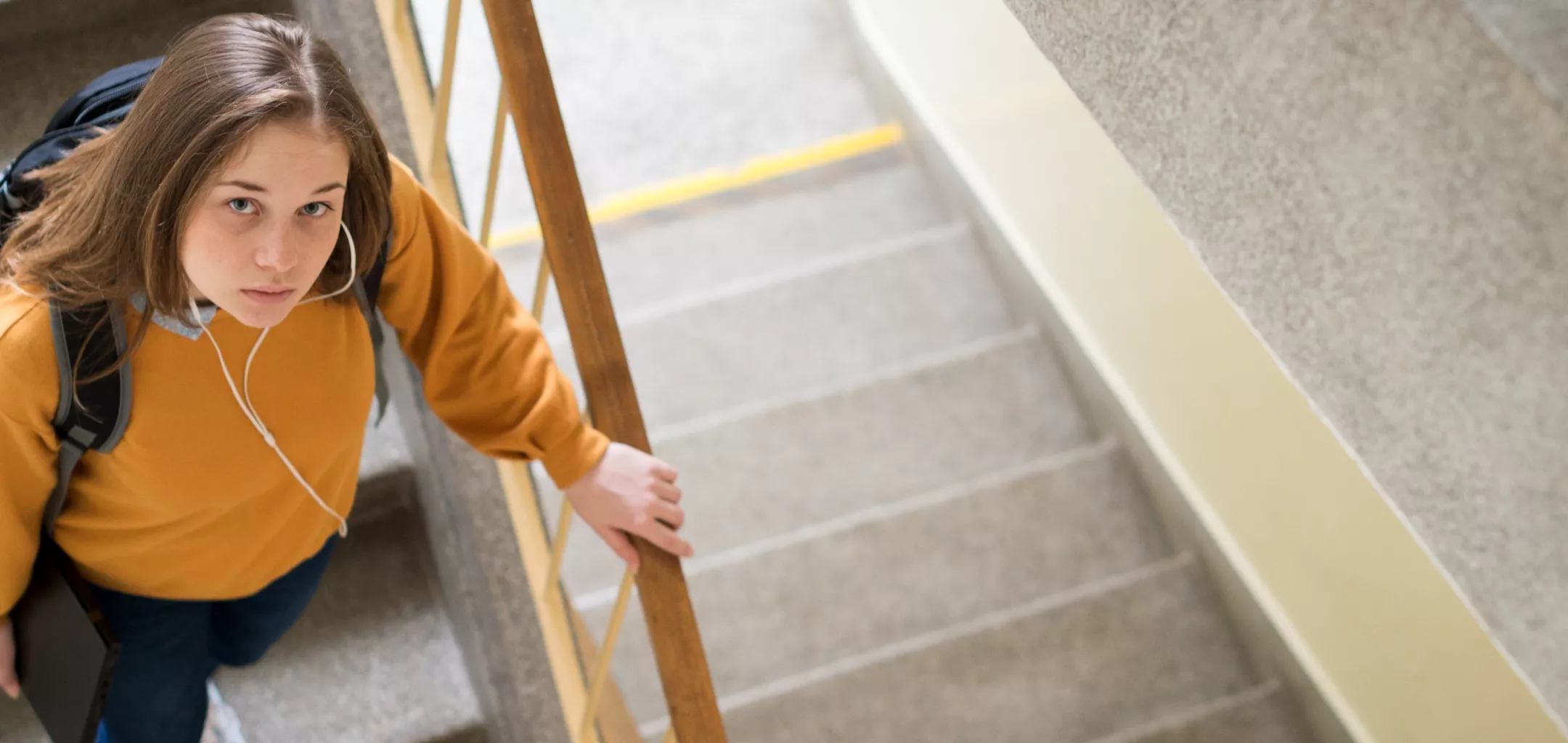Beyond the Books: Safeguarding Concussed Students from Classroom to Hallways
2 Mins


Soon, I will discuss what accommodations for students returning to school after a concussion look like, what they are, why they’re necessary, and how we create a school system where accommodation is easily accessible. Before I go there, however, I want to share a story that explains why we are not only concerned about a student’s academic progress, and in doing so, it will become apparent that there is more to school than academics.
In 2015, Jennifer (not her real name) was a high school sophomore in a rural Oregon community. It was a small community, so everyone knew everyone else. Same for the high school.
One afternoon, Jennifer was struck by an object in the back of her head. It was a terrible injury caused by a chunk of metal that was unexpectedly hurled at her when she wasn’t looking. She was knocked-out for an extended period of time and then suffered four agonizing months on her way to recovery.
She returned to school about two weeks after her injury and was still suffering from headaches, memory loss, fatigue, light sensitivity, and more. To say her life was miserable at that time is an understatement. While the teachers, school counselors, nurses, and administrators did their best to provide Jennifer with academic accommodations, they did nothing to help her navigate the social aspects of school.
When a person suffers a brain injury, it can bring out the best and the worst of people around that brain injury survivor. In Jennifer’s case, it brought out some of the worst of the worst.
Jennifer was a small and shy girl who had a few, but not many friends. During her recovery some of her friends supported her, while others, for a variety of reasons, stayed away from her and offered no aid or comfort. This made Jennifer vulnerable to the worst elements in her class, and so began her nightmare.
The class bullies decided that it would be “fun” for them to harass Jennifer. As Jennifer walked from class to class, the bullies would approach her from behind and taunt her displaying some of the cruelest behavior possible. Unfortunately, their harassment didn’t stop with mere words.
One day, the bullies started assaulting Jennifer. Where before they merely hurled insults and taunts, now they hurled fists and slaps into the back of her head, at her injury site. Bam! One bully would slap her head, and she would cry out. Her cries motivated the bullies even more and, bam! They would hit her again, and again, and again.
Regardless, what this terrible story illustrates is how important it is for students recovering from a concussion who are returning to school to have peer support. Accommodation comes in many forms, and we do our best when we understand the full gambit of need that a student has upon their return to school. Academic accommodation is critically important, but so is accommodation for the rest of the student’s school life. We must see the whole picture, or we might miss the bullies and the misery they instill.
Next Time
If you’ve seen one brain injury, you’ve seen one brain injury. Academic, behavioral, and social accommodations for students returning to school after a concussion take many forms, some obvious, some not.

